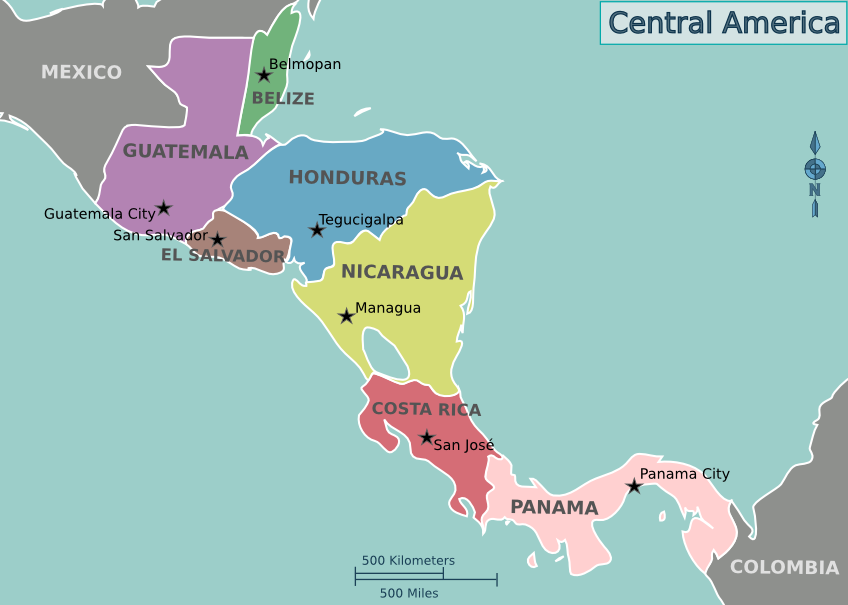April 17, 2019
Studying the patterns and behaviors of illegal drug smugglers, predicting where new trafficking routes are being created throughout vast Central American landscape and understanding how this complex system adapts to the interdiction efforts to keep drugs from entering the United States: surely, this sounds like a job that only huge government agencies would dream of tackling, right?
Actually, the expansion of illegal drug trafficking in Central America is a problem that associate professor of environmental science and policy Erik Nielsen and adjunct NAU faculty Steven Sesnie, along with a team of researchers, decided to investigate.
In a study recently published in the Proceedings of the National Academy of Sciences, the team used a unique approach that concluded interdiction efforts by the U.S. government to stop the flow of drugs could actually be making it worse.
“The study demonstrates that supply-side strategies are at best ineffective at stopping the volume of drugs and more likely making the broader narco-trafficking phenomenon worse and more dispersed,” Nielsen said.
The information comes from a model created by a team of geographers, land change scientists, anthropologists, spatial ecologists and economists around the country. Taking into account relationships between U.S. drug interdiction action and narco-traffickers’ spatial and temporal responses to interdiction, the team created a geographic agent-based model to better understand the how and why behind the expansion and addition of trafficking routes in Central America.
“We began by drawing on our collective experiences of how drug trafficking organizations operate throughout the region to develop the agent’s decision rules,” Nielsen said. “Using theories of crime geography and transaction costs combined with insights from our fieldwork, we developed a logic for drug trafficking organizations and individual transit nodes.
“We then developed a suitability surface for trafficking activities and used data from the U.S. Consolidated Counternarcotics Data Base on drug volumes to test the validity of the model against known spatial and temporal drug movement patterns in the region.”
The early stages of the project began nearly 10 years ago, not long after Nielsen began his career at NAU. His work studying tropical forest deforestation in Honduras and Central America led to this research into the social and ecological effects of narco-trafficking. Nielsen was the principal investigator on an NSF Socio-Environmental Synthesis Center sponsored grant called “Land in Transition-Central America” that pulled together this diverse group of collaborators.
Additionally, Nielsen made connections with locals in Honduras as part of his research on how indigenous communities and territories experience change when narco-trafficking organizations begin operating there. Other social scientists on the team are investigating these questions throughout Central America.
The resulting model of the team’s work is something those big government agencies and policymakers can use to better understand the system dynamics of the problem they face.
“It enables us to understand the spatial and temporal dynamics of narco-trafficking adaptation within the transit zone and study how the spatial footprint of narco-trafficking might change in response to interdiction efforts,” Nielsen said. “It provides a virtual laboratory for exploring alternative interdiction strategy scenarios to understand the diverse consequences over space and time.”
Now that an accurate model has been created, there is more work to be done. Moving forward, the team will expand the model to incorporate factors such as territory acquisition, money laundering and land use change in rural areas.
“Our hope is to accurately model the rapid deforestation changes that have occurred in Central America since the cartel crackdown in Mexico and Columbia that displaced transit operations to Central America,” Nielsen said. “Our ultimate goal is to describe the causal mechanisms and magnitudes of these land use changes as they relate to the interdiction and narco-trafficking dynamic.”

(928) 523-2282 | NAUComm@nau.edu



